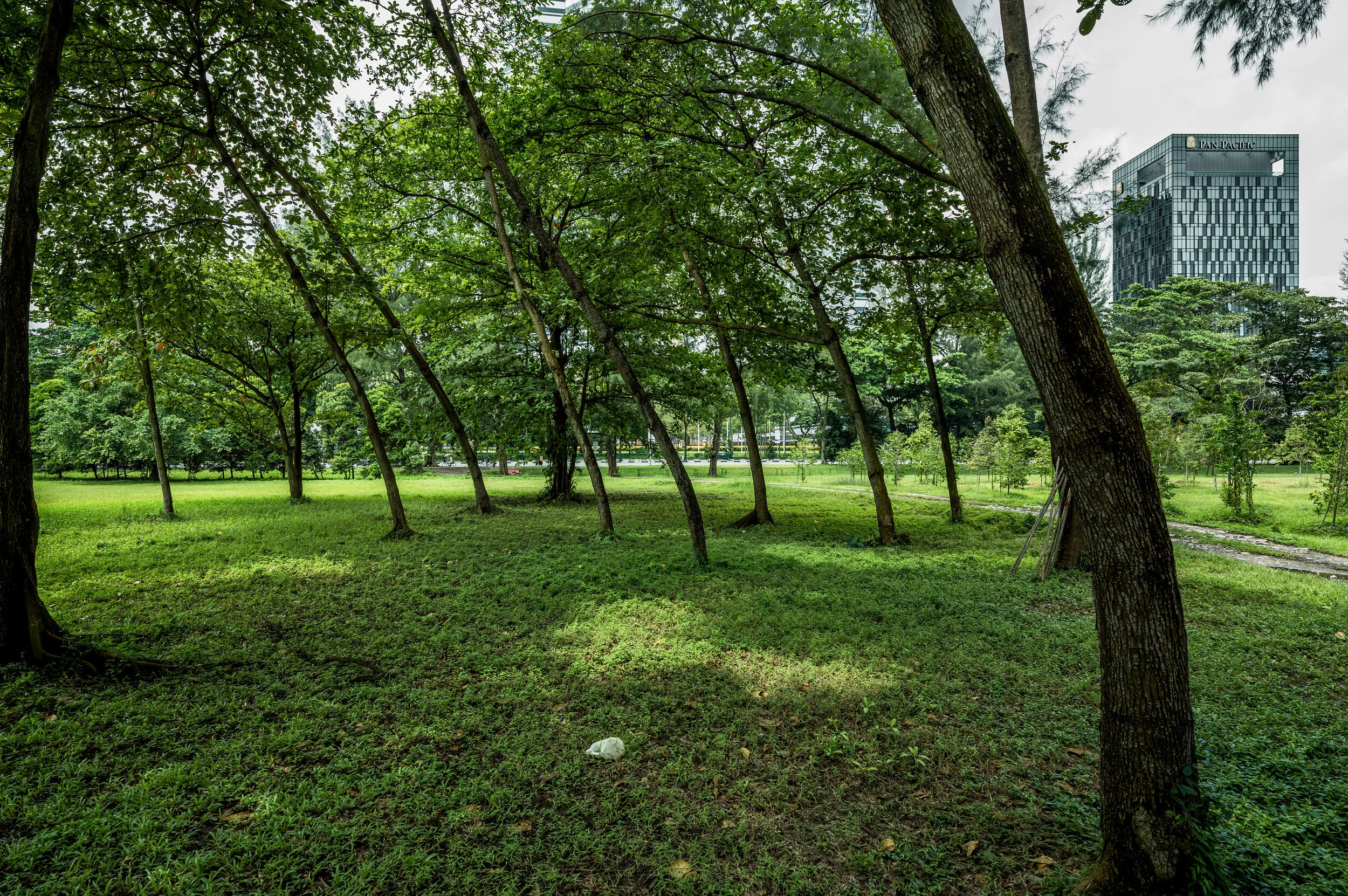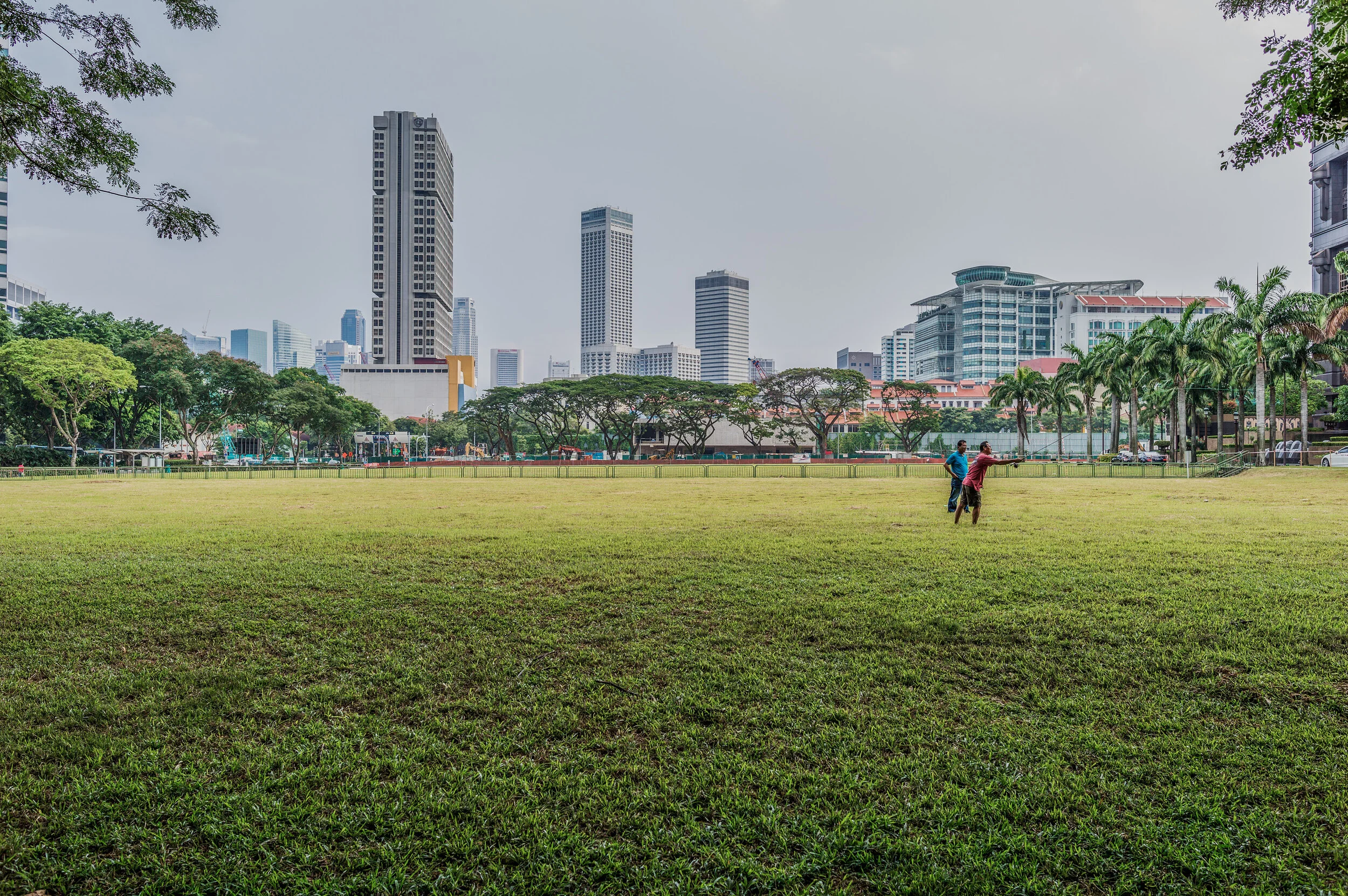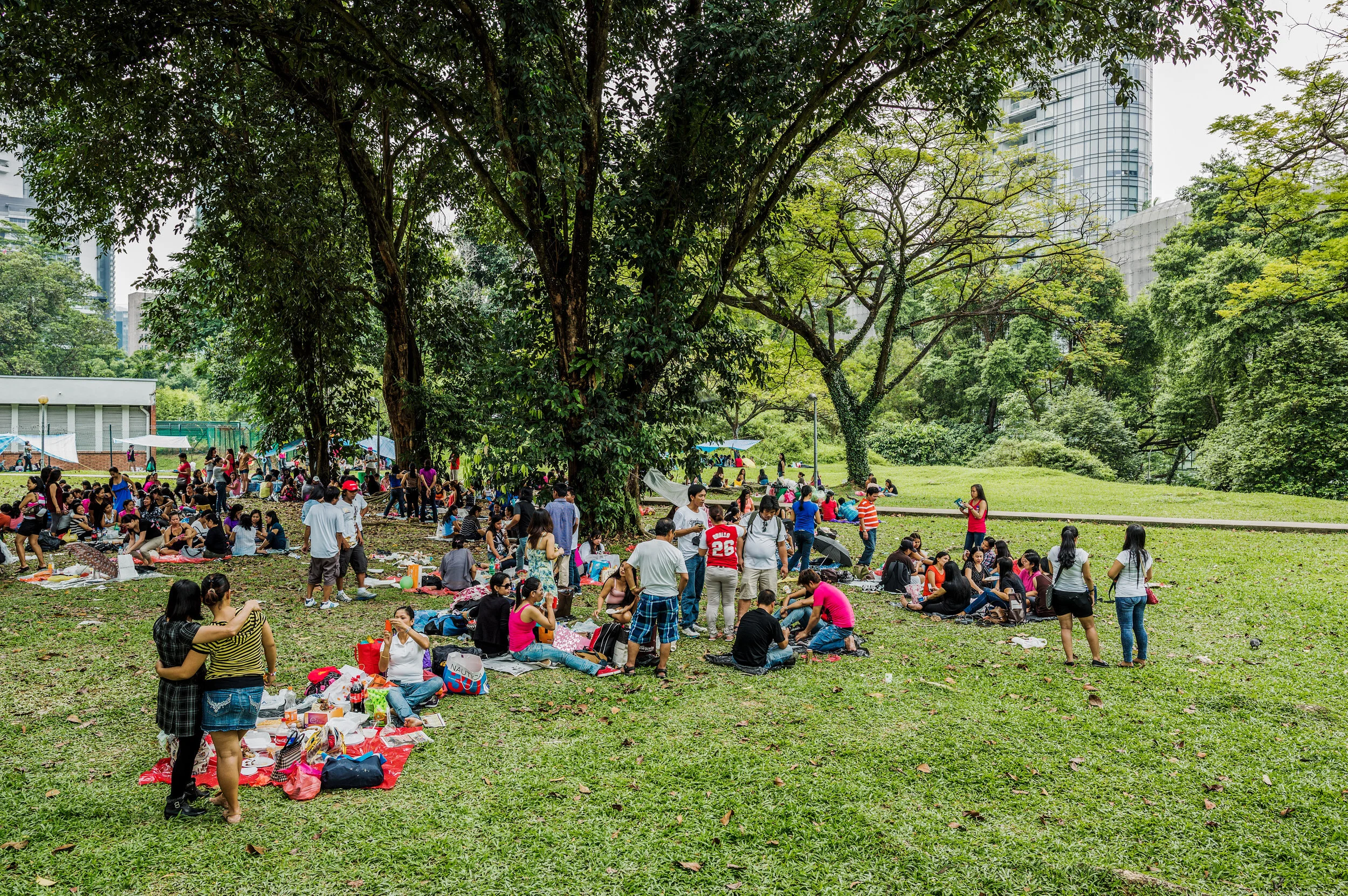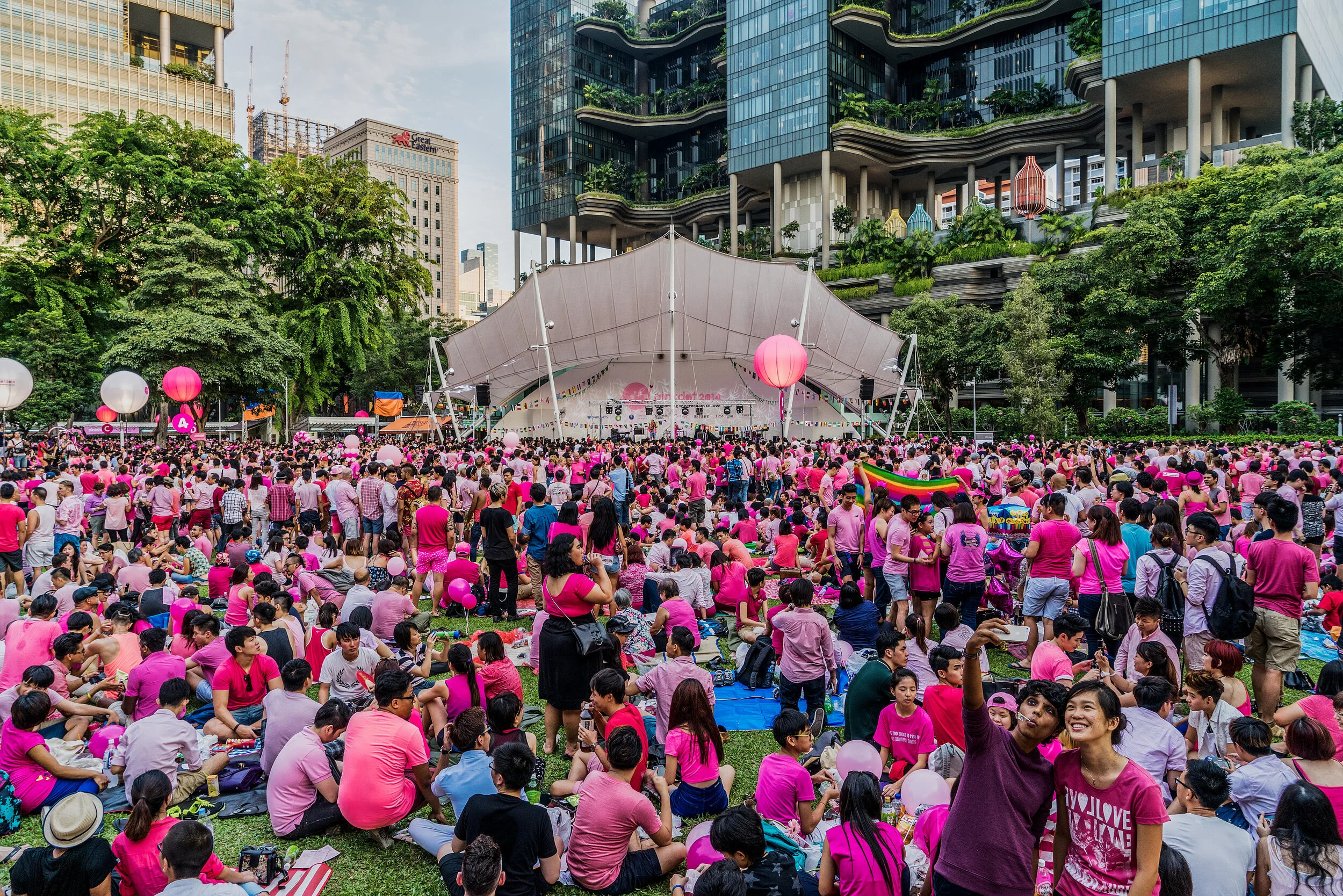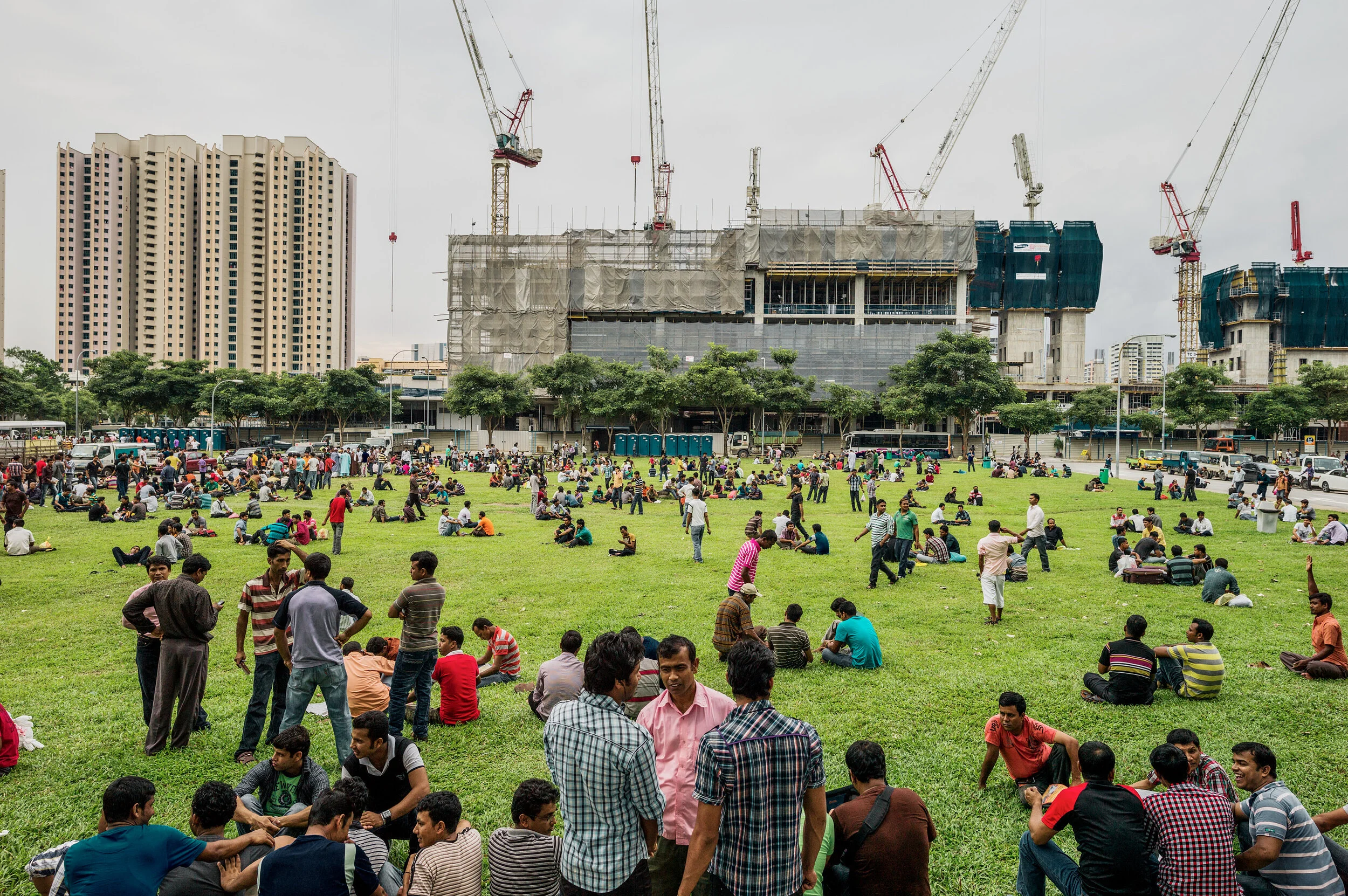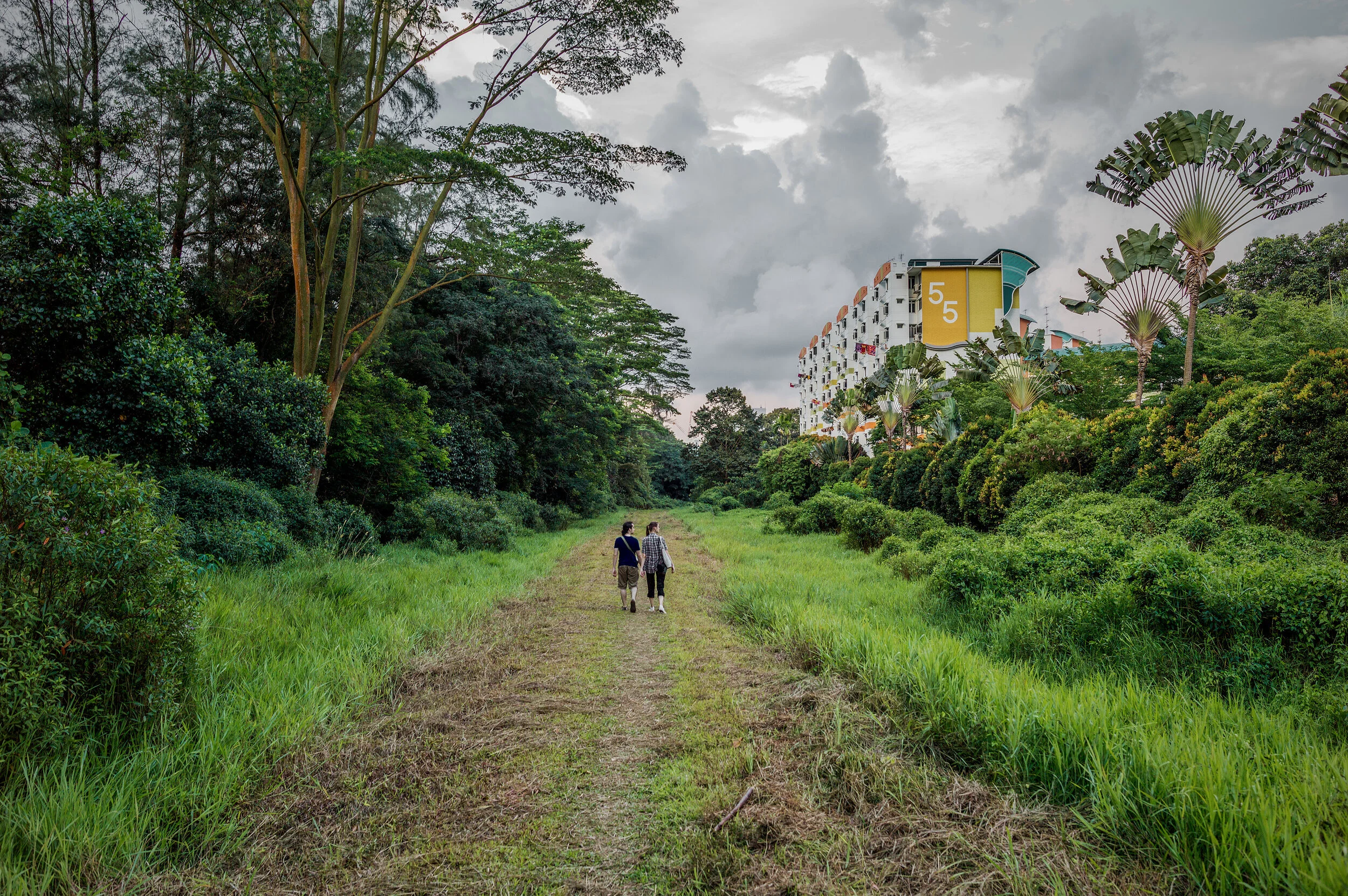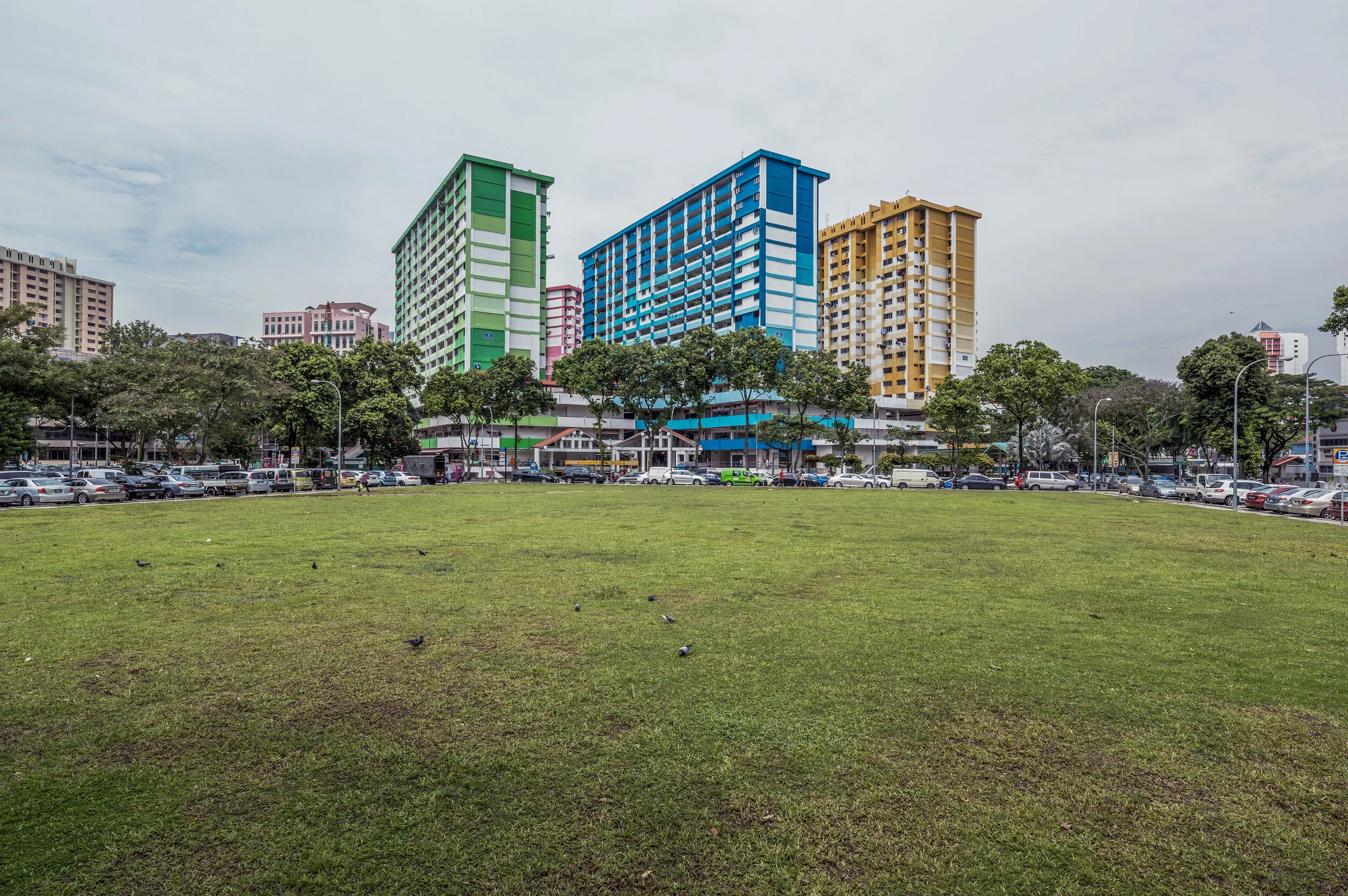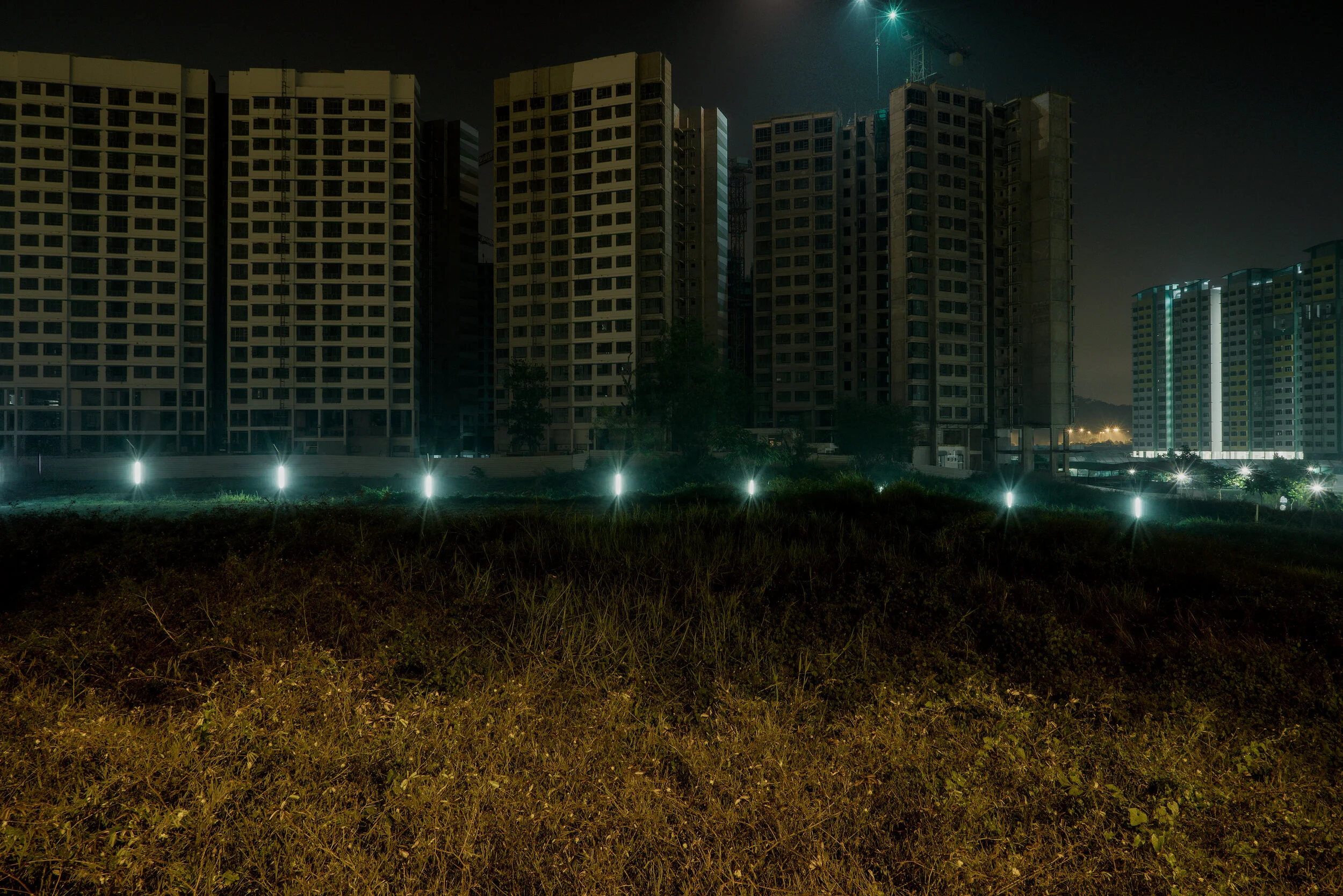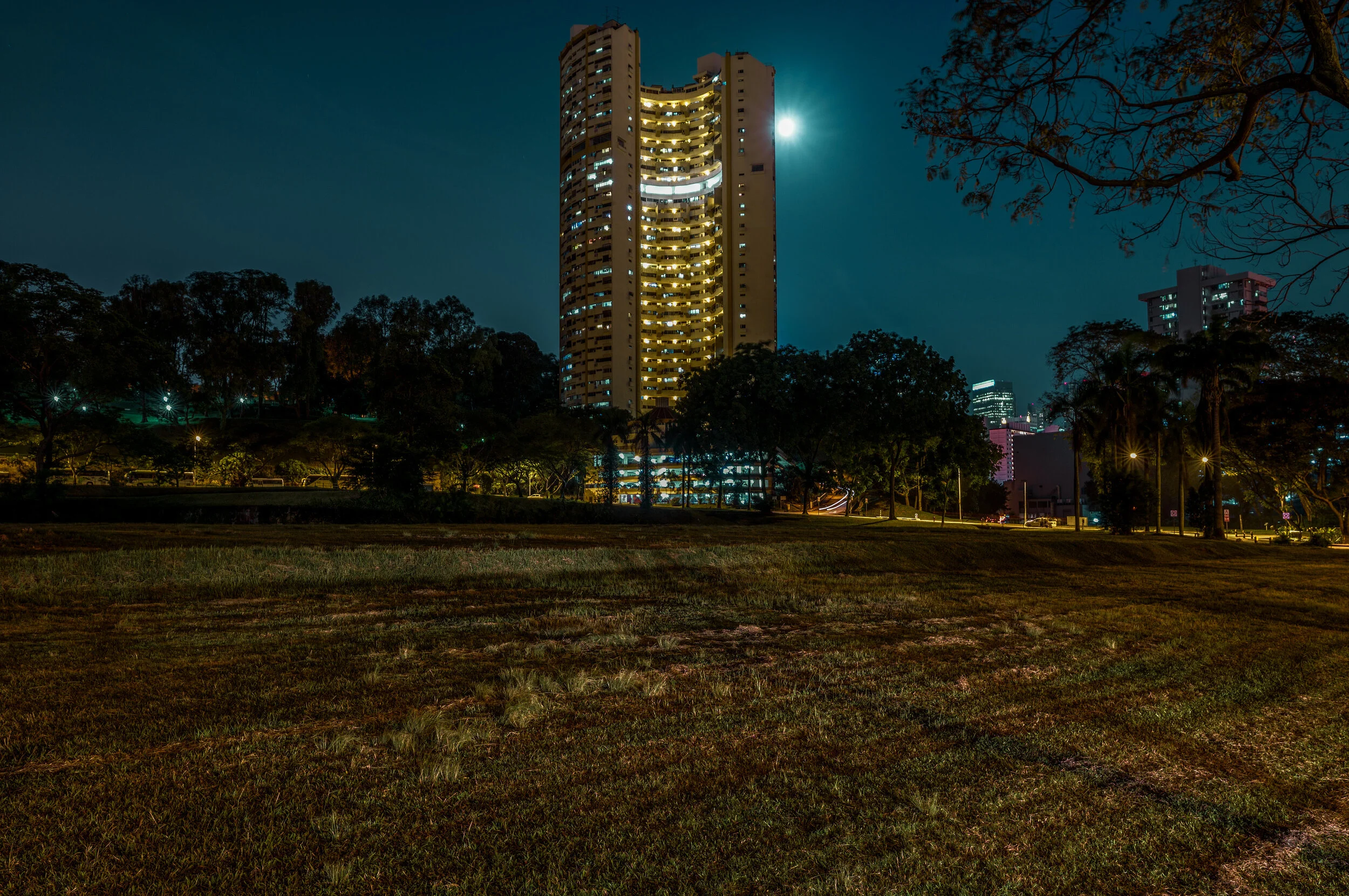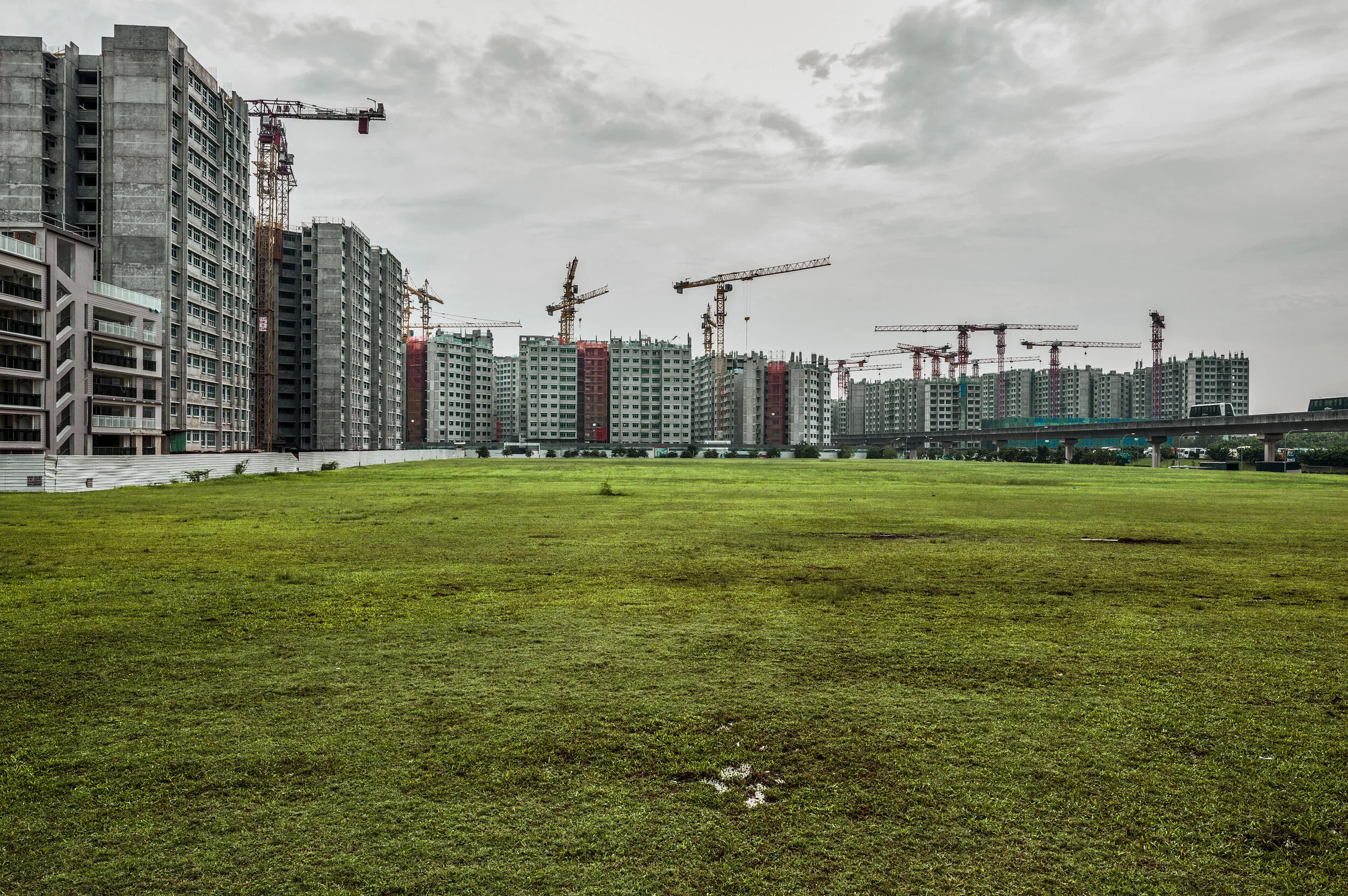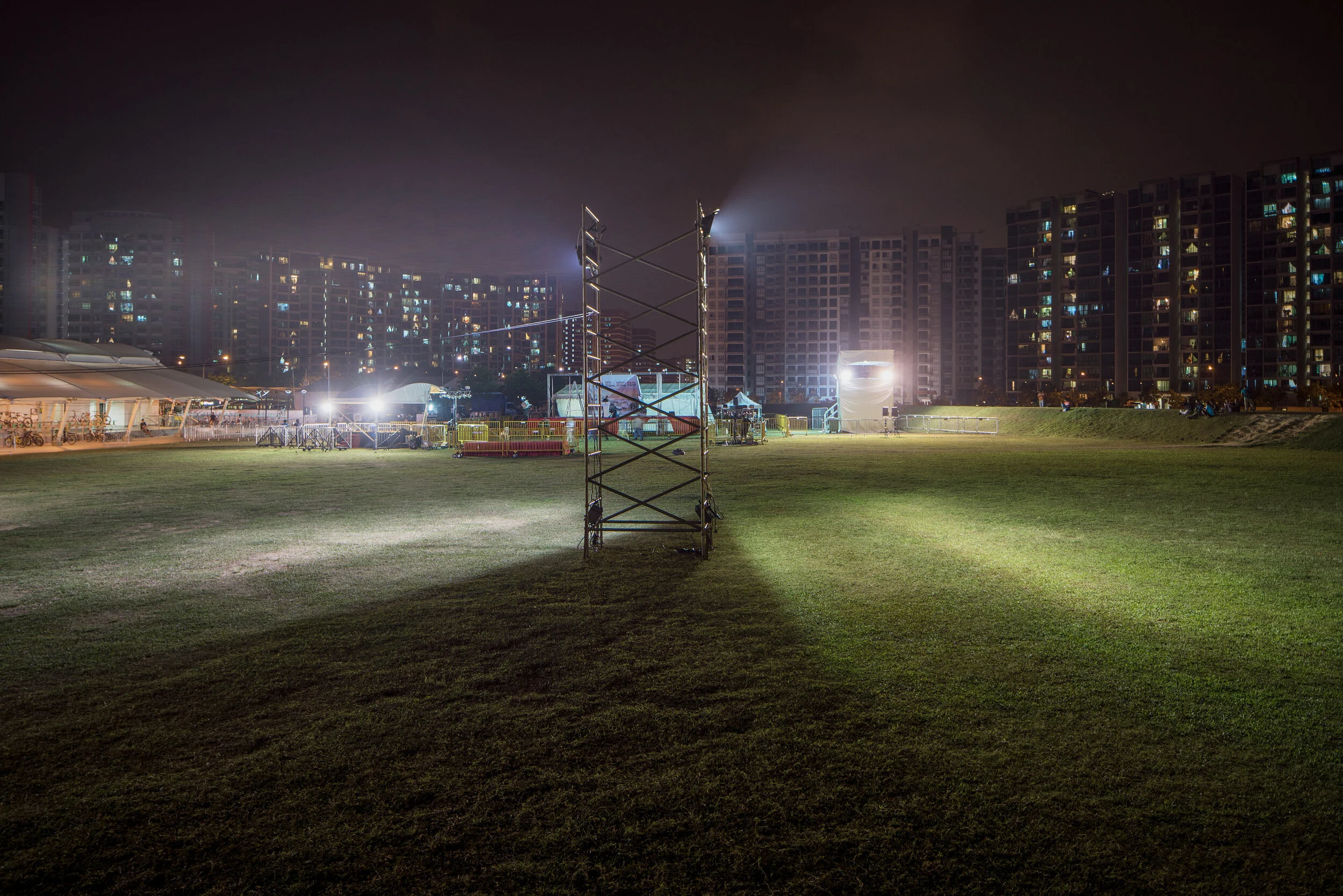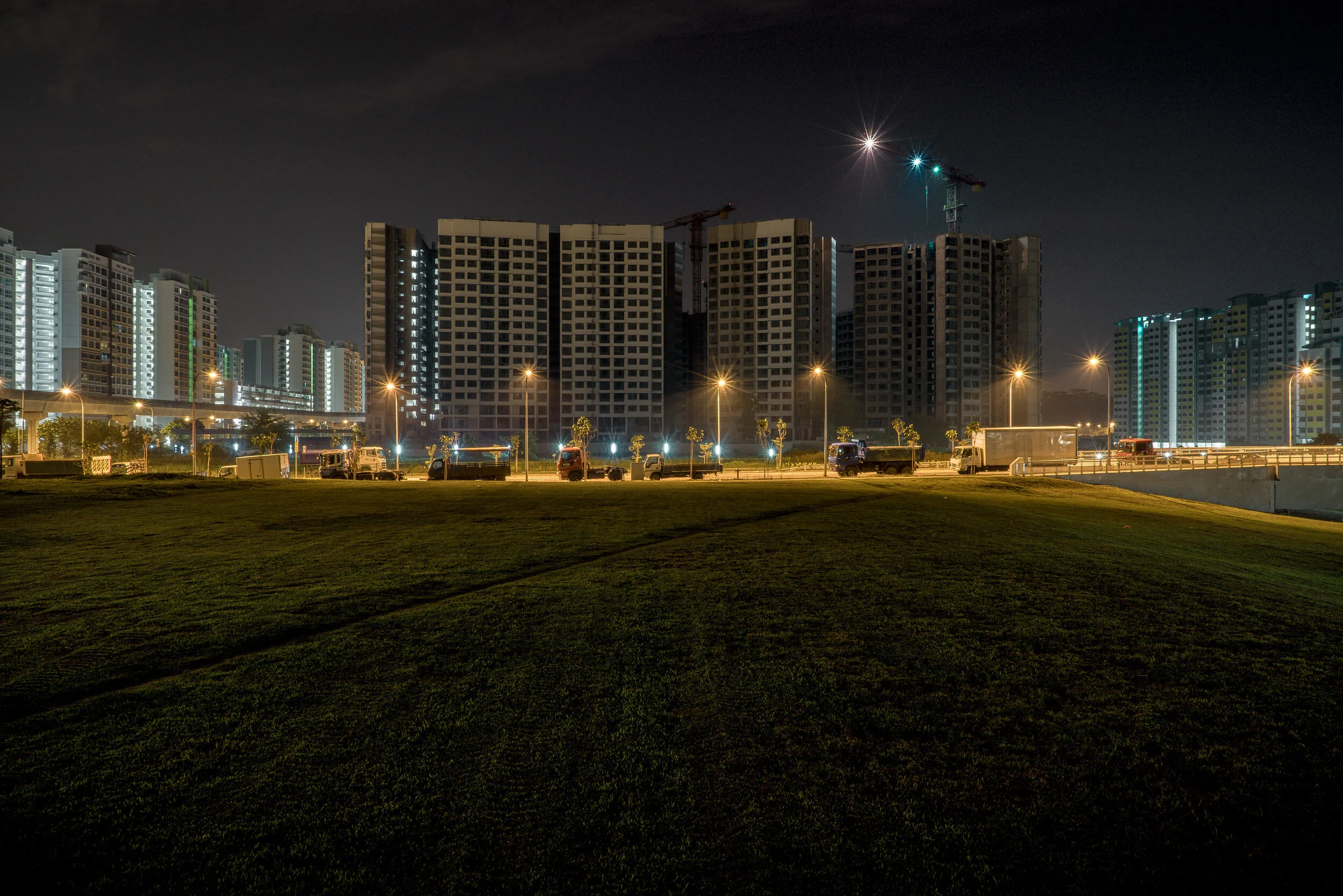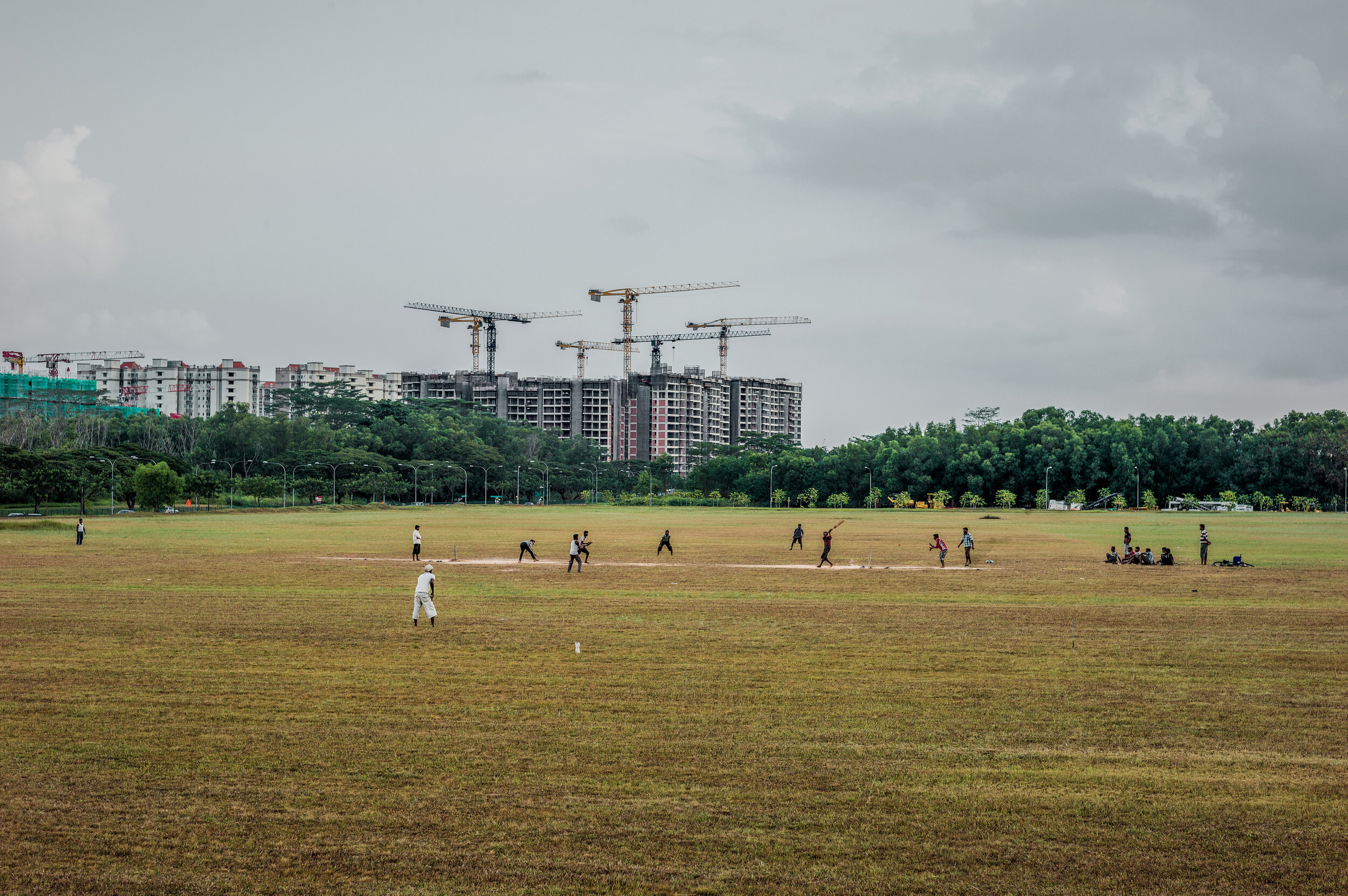
In the last three decades, Singapore grew in total land area by over a hundred square kilometres through reclamation. Yet, the 728.6 square kilometre city-state remains one of the smallest sovereignties in the world.
Plot
Some 5.68 million people call this island state home, with an average of 8,000 residents packed into every square kilometre, making it one of the most densely populated cities to live in today. The island is only 40 percent the size of the city of London and half that of Los Angeles. All these make it one of the most expensive cities to live in. For comparison, a Toyota Corolla in Singapore costs roughly the same as a Mercedes-Benz CLS in the United States.
Despite this, the government put out a Population White Paper in 2013 projecting that Singapore would need a population of 6.9 million by 2030 to sustain a dynamic city. All this resulted in the rapid development of the city’s infrastructure. This often translate to the redevelopment of older district, low lying building making way for taller and higher density buildings.
Plot is a documentation of these spaces awaiting the continued development of Singapore.
Former Kallang Airport, October 2014
These gates mark the entrance to the former Kallang Airport, the city’s first purpose-built civil airport. Built by the British colonial government, it operated from 1937 to 1955 and was gazetted for conservation in 2008.
Bukit Brown Cemetery, November 2013
Over 3,700 of the close to 100,000 graves have been exhumed from this cemetery since 2013 to build a eight-lane highway that will ease congestion on the Pan-Island Expressway. The unclaimed remains were cremated and scattered into the sea. The government is now considering converting the rest of Bukit Brown into a housing development by 2030.
Jalan Kubor Cemetery, October 2014
Right next to Singapore’s oldest Muslim cemetery is this curious circular patch where workers have often been sighted taking breaks, resting alongside prominent Muslims from 19th and 20th centuries, including the last of the royal descendants Tengku Hussain bin Tengku Haji Ali. This plot sandwiched between Victoria Street and Rochor Canal Road is slated for future residential development.
Nicoll Highway, November 2013
Across the razor-blade like buildings of The Gateway is this plot that was reclaimed from what was once the coast of Beach Road. Since the 1960s, Singapore has grown by more than 100 sq km—a sixth of its original size—through land reclamation, and prior to their development, such lands are often planted over with trees.
Tampines Industrial Road, August 2012. Open plots are popular with foreign labourers who spend their days off hanging out and playing games like cricket. Of the over 1.3 million working here, many serve in the construction industry, which has seen double digital growth since 2009. Coming from China, India, Bangladesh and Thailand, these workers have played a key role in building developments that fill up these empty plots of land.
Ophir Road, August 2012. This parcel of land was one of six given to a Malaysia-Singapore joint venture as part of a 2010 agreement between the two countries to swap land parcels. In exchange, Malaysia give up control of railway land owned by Keretapi Tanah Melayu (KTM) that ran through the city-state since colonial times. The DUO, a commercial and residential property, is scheduled to open here in 2017.
Orchard Boulevard, June 2013. Behind the city’s renowned shopping street, Orchard Road, is this plot where Filipino migrant workers gather to picnic and hang out on their rest days. They previously gathered across the road on the empty land above Orchard MRT station until the ION Orchard shopping mall and residences was built above it.
Hong Lim Park, June 2014. The is the only venue in Singapore where public protests are allowed since 2008. The open land along New Bridge Road has seen a variety of demonstrations, most notably the Pink Dot SG, which brings together people in support of Singapore’s Lesbian, Gay, Bisexual and Transgender (LGBT) community. The city still retains Section 377A of the Penal Code, which criminalises sex between men.
Little India, March 2012. This area originally set aside by the British for Indian migrants to Singapore has continued till today to be the meeting point for migrant workers, particularly on their rest days. Besides visiting the nearby Mustafa departmental store, they gather on the neighbourhood’s empty plots of land even as these are quickly being filled up with new commercial and residential developments.
Rail Corridor, July 2012. After nearly 80 years of service, the Keretapi Tanah Melayu (KTM) railway moved its operations out of Singapore completely, returning a 24km stretch of land back to Singapore. Plans have been made to transform the lands of this former railroad into a string of community spaces that have become known as the Rail Corridor, a green belt that will be 10 times as long as New York City’s renowned High Line.

Rochor Centre, November 2013. This cluster of colourful buildings that form a commercial and public housing estate was demolished in June 2018 after almost four decades to make way for the new 21 km long North-South Expressway. The residents are being relocated to new residences developed nearby. More than 80 per cent of Singaporean’s population live in such public housing that are sold on 99-year leases.
Punggol Waterway, October 2014. Once a rural district with farms and large swathes of empty land, Punggol has been transformed into a new waterfront town for the 21st century. Since the Punggol 21 blueprint was unveiled for this north-east region in 1996, the area has grown to become one of Singapore’s largest public housing estates and will house over 96,000 units when fully developed.
Pearl Bank Apartments, January 2013. The Pearl Bank Apartments was sold to CapitaLand for $728 million in early 2018, more than 10 years after it was first put up for sale. Demolished in March 2020, It will be replaced by One Pearl Bank that will consist of two 39 storey buildings with over 770 units, with studio units starting as low as 1.10 million Singapore Dollars. The apartments are expected to be ready by early 2024.
Sengkang East Road, June 2013. The Light Rail Transit network is integrated into a public housing estate as part of government plans to expand the public transport network and achieve a “Car-Lite Singapore”. The city’s train system is expected to double 360km by 2030, while dedicated cycling networks are being introduced to housing estates—all of which require space to build.
Field beside Buangkok MRT Station, September 2015
This plot opposite 274C Compassvale Bow was the site of rallies for Pasir Ris-Punggol Group Representation Constituency during the General Election 2015. The People’s Action Party team led by Teo Chee Hean beat the Singapore Democratic Alliance team headed by Desmond Lim, receiving close to 73 per cent of the over 187,000 votes.




